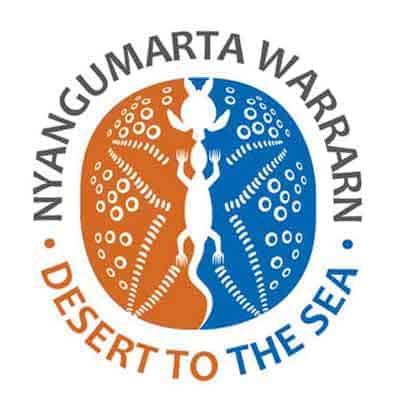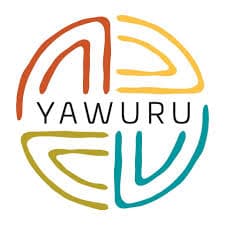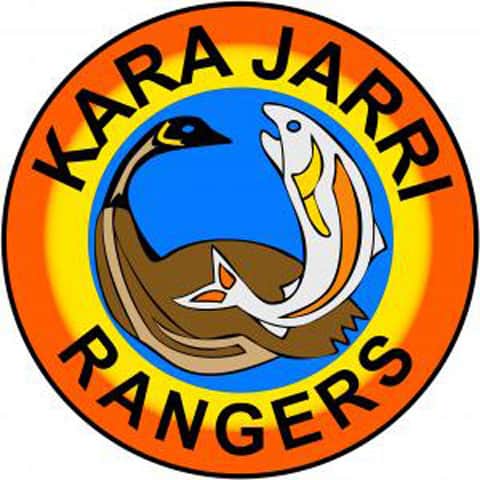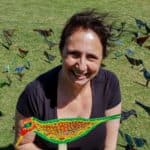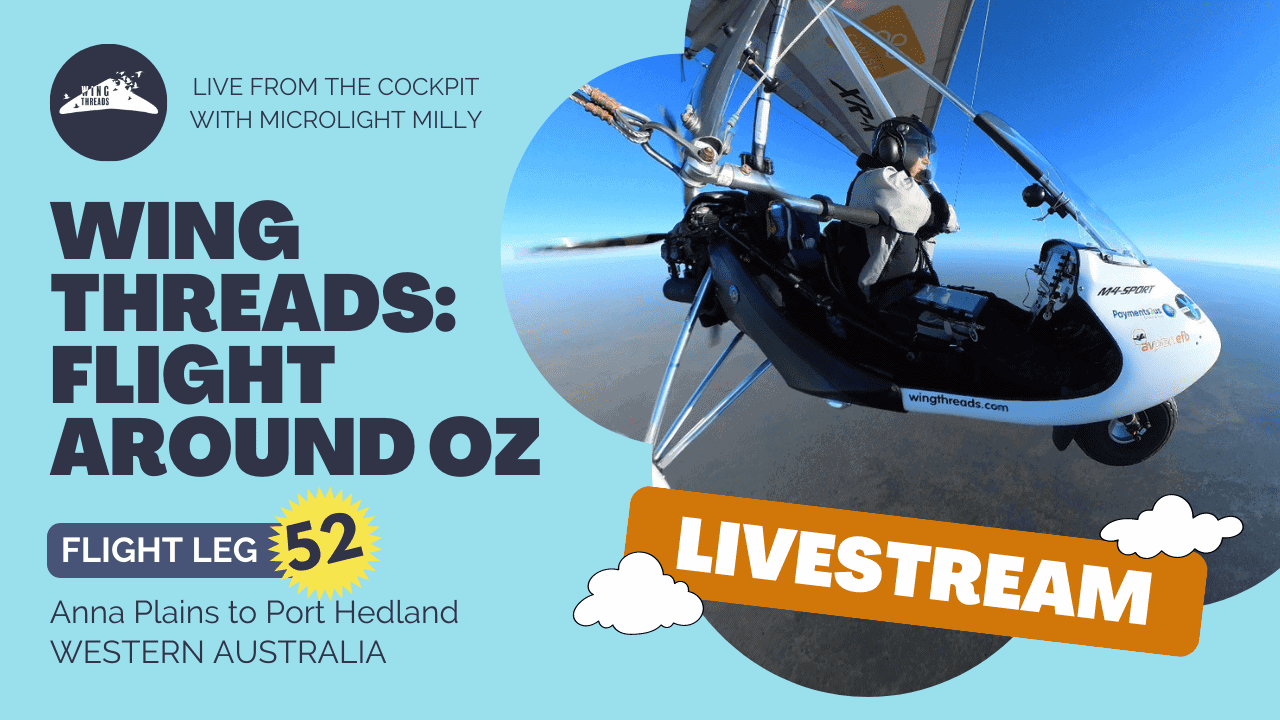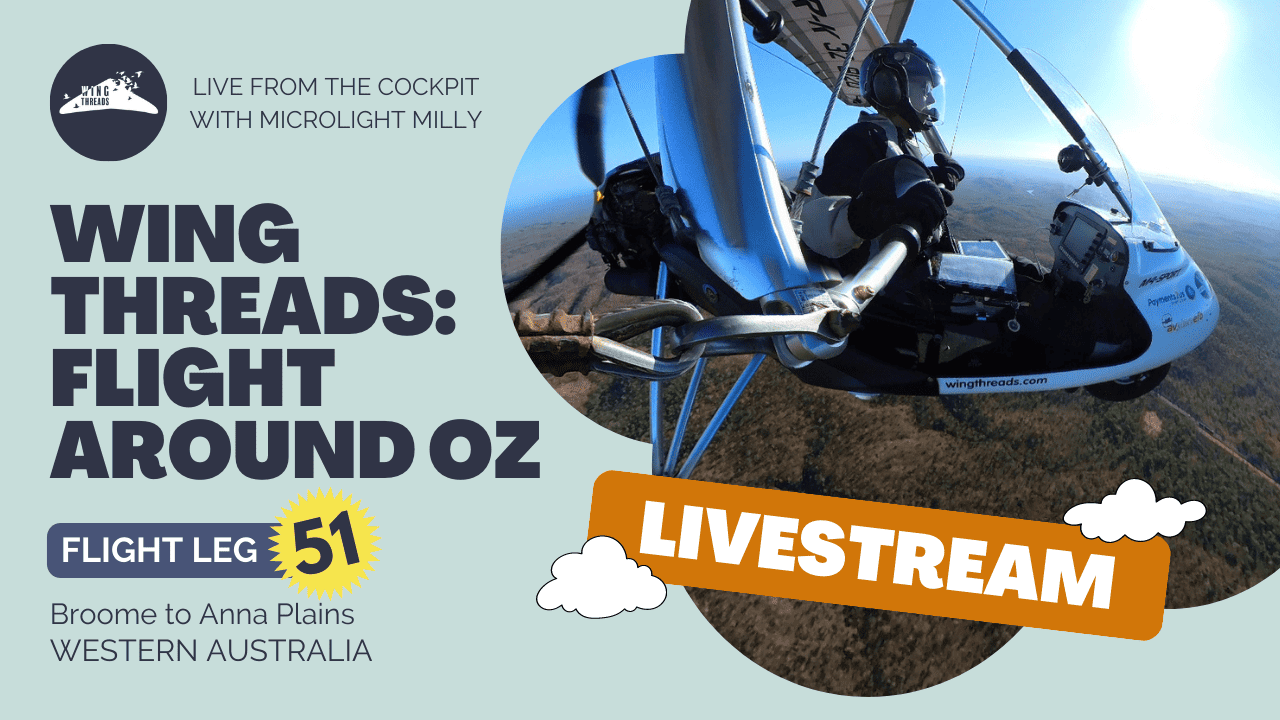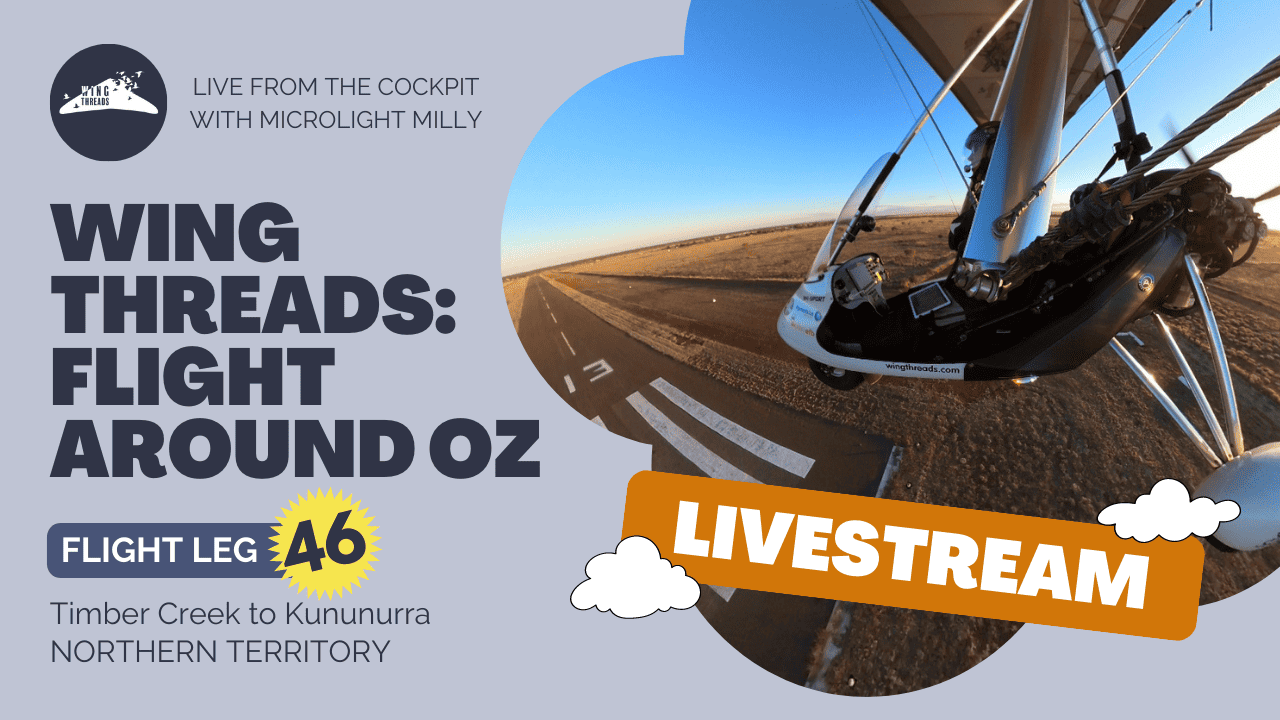Still going strong despite the weather
A Contribution by Clive Minton
Only one of the four Oriental Pratincoles seems certain to have bred for a second time this season. This was at a different location to the first breeding attempt. At least one of the other three may also have bred again but we probably need a further period of tracking to be more certain. One of the birds – the one which went to India (SEP) – still seems to be moving and therefore is probably not currently breeding.
Full report from Grace Maglio
Location data has been sparse over the last week or so, likely due to the inclement weather throughout Asia. There is some evidence of a slow southward migration from SEP and possibly SEC but SHE and SUN look to be remaining in their post breeding locations.
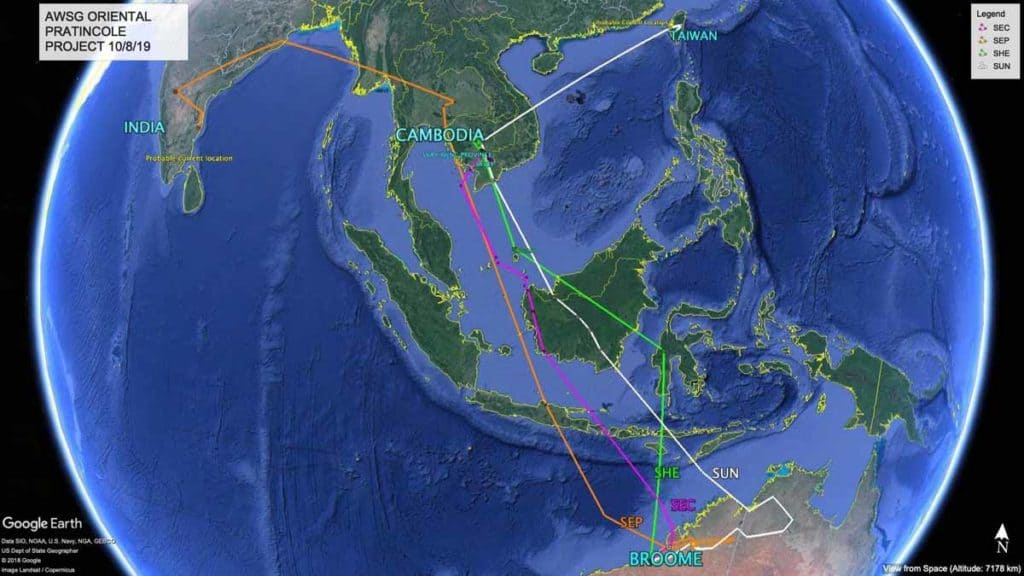
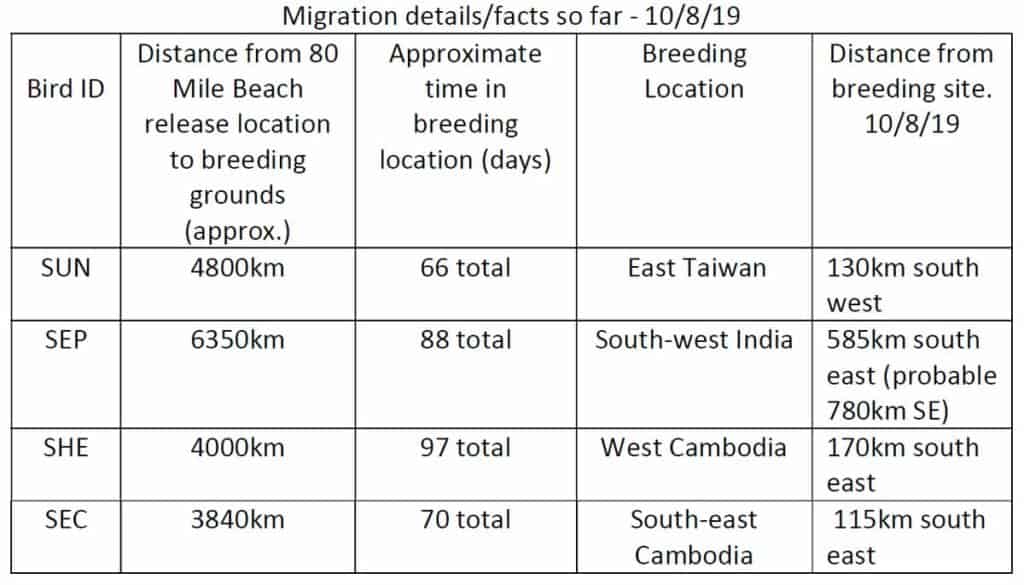
Oriental Pratincoles on the move
Data difficulties continue
With input from Chung-Yu Chiang
Leg Flag SUN (PTT 83591)
Ongoing issues with obtaining accurate location data persists making attempts to confidently locate SUN difficult. Although there have been no accurate readings since June 26, SUN’s probable location continues to be within 5 to 10km of its first Taiwanese stopover site near Tainan City.
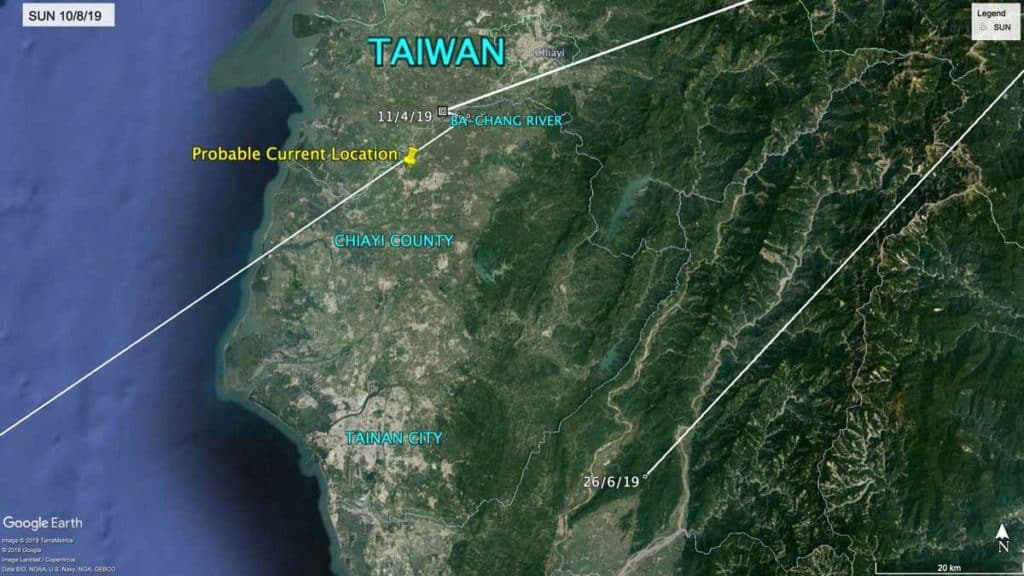
Continuing South
With input from Subbu Sabramanya
Leg Flag SEP (PTT 83593)
SEP continues southward migration. As of the 21st July, SEP was 30km west of Chennai, approximately 580km south east of Almatti Dam where it was found by Subbu and the team. No further accurate data has been received since.
Less accurate readings suggest SEP is still in the state of Tamil Nadu but possibly travelled another 285km south of this location.
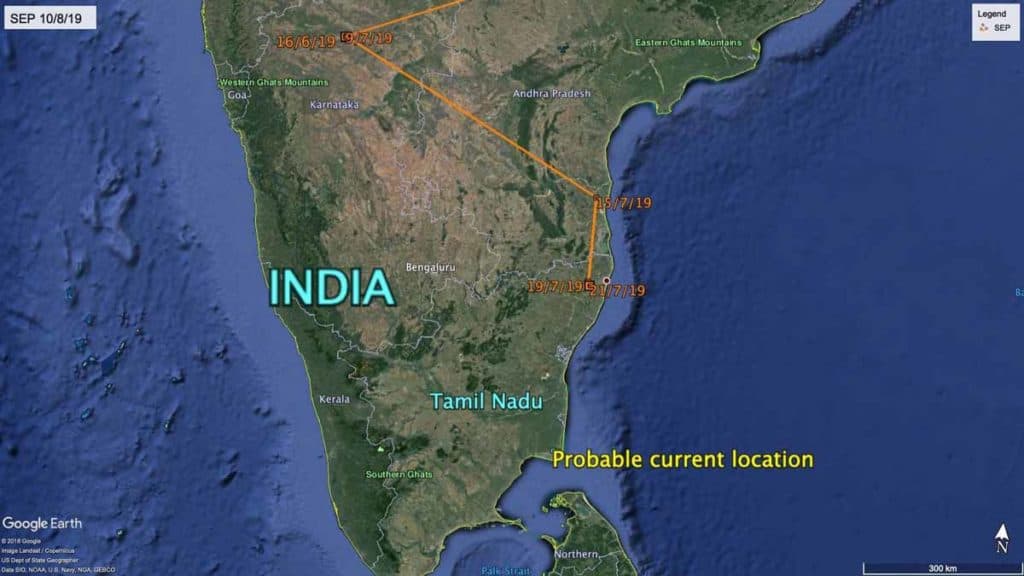
Exploiting the riches of Prey Veng Province
Leg Flag SHE (PTT 83595)
Prey Veng Province upholds its title of Cambodia’s ‘Great Green Belt’ as SHE continues to utilise resources in the area now, for approximately 70 days. Tracks continue to resemble the presumed breeding behaviour of its previous Tonle Sap Lake location.
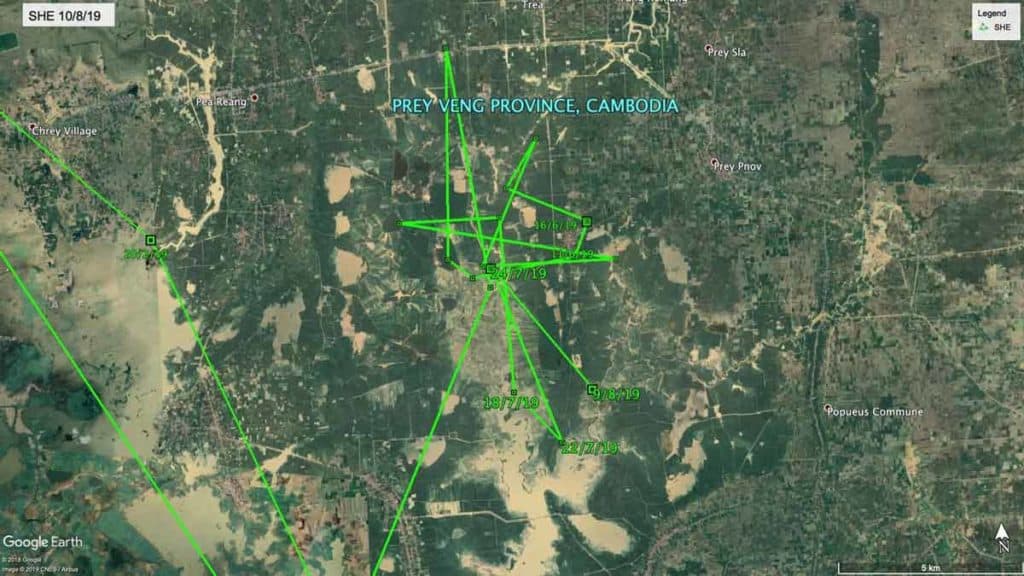
Approaching the Border
SEC (PTT 83596)
It is now around 71 days and SEC is still in Svay Rieng Province. SEC is approximately 20km west of the largest city in Svay Rieng, Bavet and less than 8km from the Cambodia/Vietnam border.
Accurate location data suggests that SEC is slowly moving south but less accurate data suggests that SEC may be still utilising an area of approximately 15 to 20km around the Waiko River.
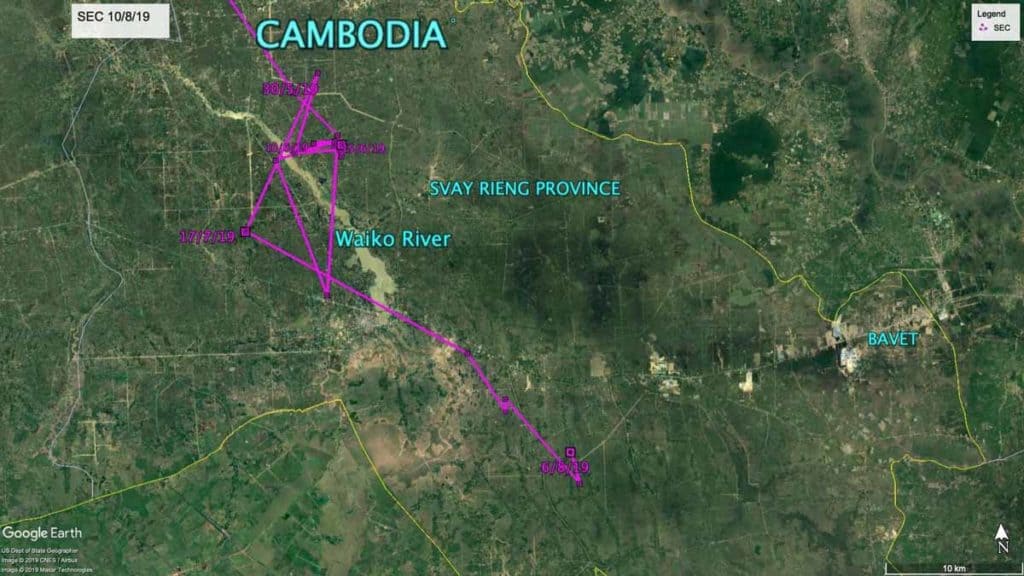
Download a PDF copy of this report – Oriental Pratincole Satellite Tracking Report 16
Acknowledgements
Clive Minton
The extensive and expensive satellite tracking program we have set up in NWA has only been possible through the efforts and generosity of a large number of people and organizations. It is difficult to know where to start with the formal acknowledgements so I will list them – but not in any particular order of priority.
- The members of the AWSG NWA 2019 Wader and Tern Expedition and similar NWA expeditions in previous years, are particularly thanked for their efforts in the field in catching, banding and deploying transmitters on a range of species.
- Landowners are especially thanked for permission to go onto their property to enable us to catch various species in order to deploy the satellite transmitters. In particular we thank Anna Plains Station for giving us the freedom to roam over large areas of grazed grassland when counting and catching target species.
- AWSG acknowledges the Yawuru People via the offices of Nyamba Buru Yawuru Limited for permission to catch birds on the shores of Roebuck Bay, traditional lands of the Yawuru people.
- AWSG acknowledges the Karajarri and Nyangumarta people for permission to catch birds to be marked for this project on the shores of 80 Mile Beach, traditional lands of the Karajarri and Nyangumarta.
- The cost of the satellite transmitters, which cost around $5000 each, and the satellite downloading costs (around $1000-1500 per month) have been met by a variety of sources. Private individuals (Charles Allen and Doris Graham) have made most generous individual contributions. Kate Gorringe-Smith and her team of artists involved in The Overwintering Project made a large, generous donation from funds raised during their various public exhibitions. The annual NWA Expedition members, collectively, also provided significant funds each year.

